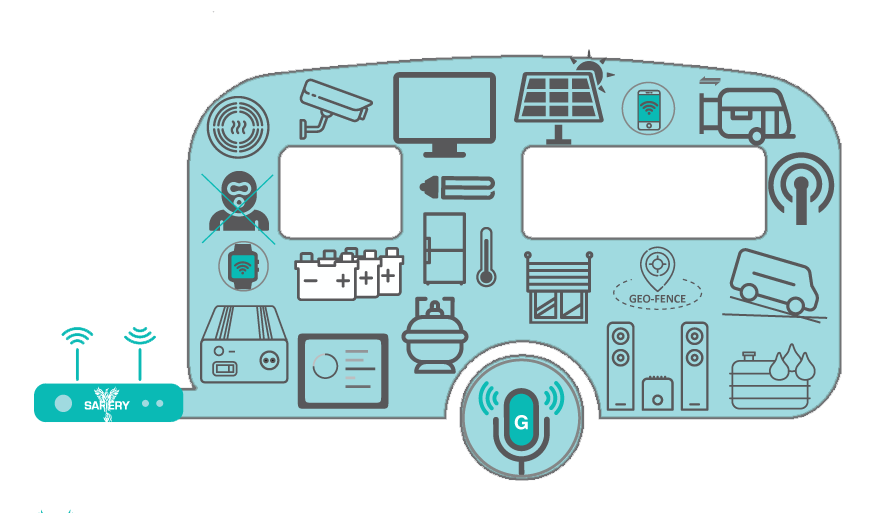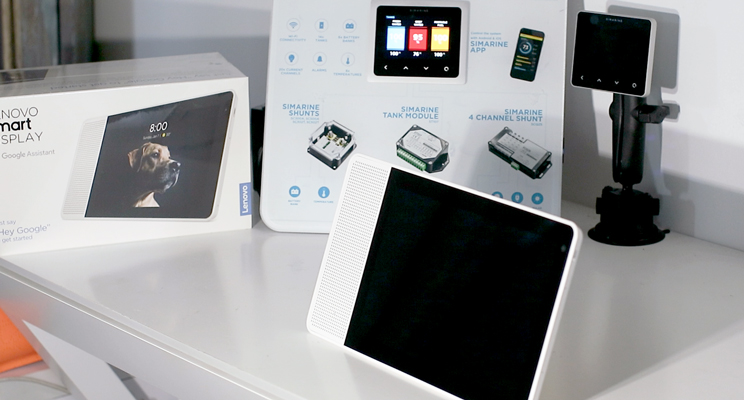
SAFIERY UNIVERSITY
VOICE CONTROL + AI
WIRELESS MESH NETWORKS
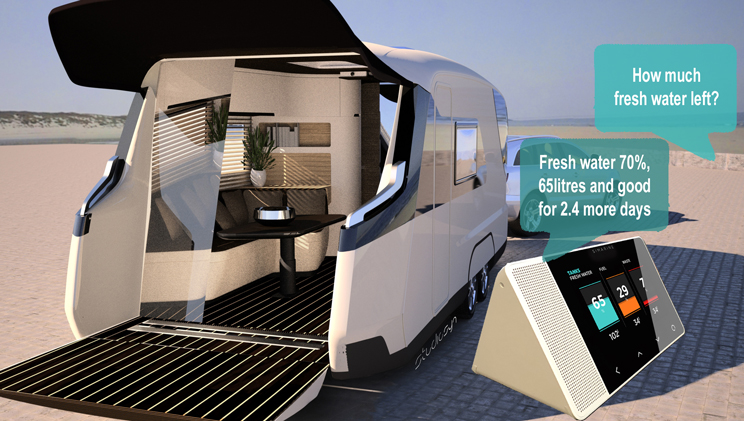
The fact that voice control is natural is the biggest factor favouring voice assistance. The second factor is the speed of communication. Voice commands are 3-4 times faster than keying in requests or searching. Digital devices and assistants can now react reliably to voice commands which means there is no need to learn keyboard and screen interfaces to control them.
However, the biggest benefit to Voice+AI in the RV and Marine industry is alarm management. With RV’s and boats, when an alarm occurs, Voice+AI can give you details on the alarm and the consequences without having to flip through pages in a manual. Here is a practical example: You have a low battery alarm just before bed time. The system will announce the alarm. It can then also let you know if you can comfortably get through the night before the solar system kicks in tomorrow. It doesn’t need the internet for that AI. You send a command back to turn off all non-essential devices and it confirms. You sleep well.
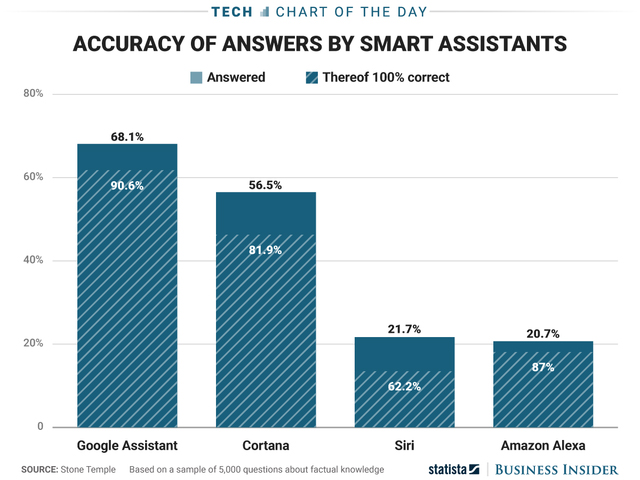 Effective Voice control and AI needs direct access to all the data and control devices. This is where the technology for RV’s in particular has been lacking. Its also not uncommon to see a new high-tech motor yacht with many separate systems: individual temperature controllers, TV controllers and light switches. For effective voice control, the technology underpinning communication and control has to be digital and affordable. IoT standards for secure communication has changed the face of affordable systems.
Effective Voice control and AI needs direct access to all the data and control devices. This is where the technology for RV’s in particular has been lacking. Its also not uncommon to see a new high-tech motor yacht with many separate systems: individual temperature controllers, TV controllers and light switches. For effective voice control, the technology underpinning communication and control has to be digital and affordable. IoT standards for secure communication has changed the face of affordable systems.
IoT devices used for switching water pumps, lights and heaters on and off are controlled wirelessly. This is not the type of “wireless system” used with a garage door. This is a secure mesh encrypted network that will continue to operate even without the controller. That’s right: the switch and the controlled devices talk directly to each other.
You do not need to have internet access for the AI to simplify your life. One of the bug bears of camping is the flood of insects at sunset. With voice+AI you give a simple command to turn outside lights on “with insect control”. The system will not only turn on the light but change the colour on RGBW LED strips to yellow to minimise insect impact. So easy to do.
The big advantage with Voice+AI is that the technology can be transparent. Large “control panels” are eliminated saving real estate and cost. Controllers can be out of the way. Voice control interfaces can be the small mushroom speaker type or the elegant speaker and 8in screen combo. This latter device will show you visually whats going on in concert with the voice. If you are connected to the internet, then youtube videos, maps and other resources can be pulled up.
Voice +AI can also work with smaller devices, like smart watches and other wearable tech, Making them controllable by voice eliminates the need for learning gestures or clicking through layers of menus to find the detail you want.
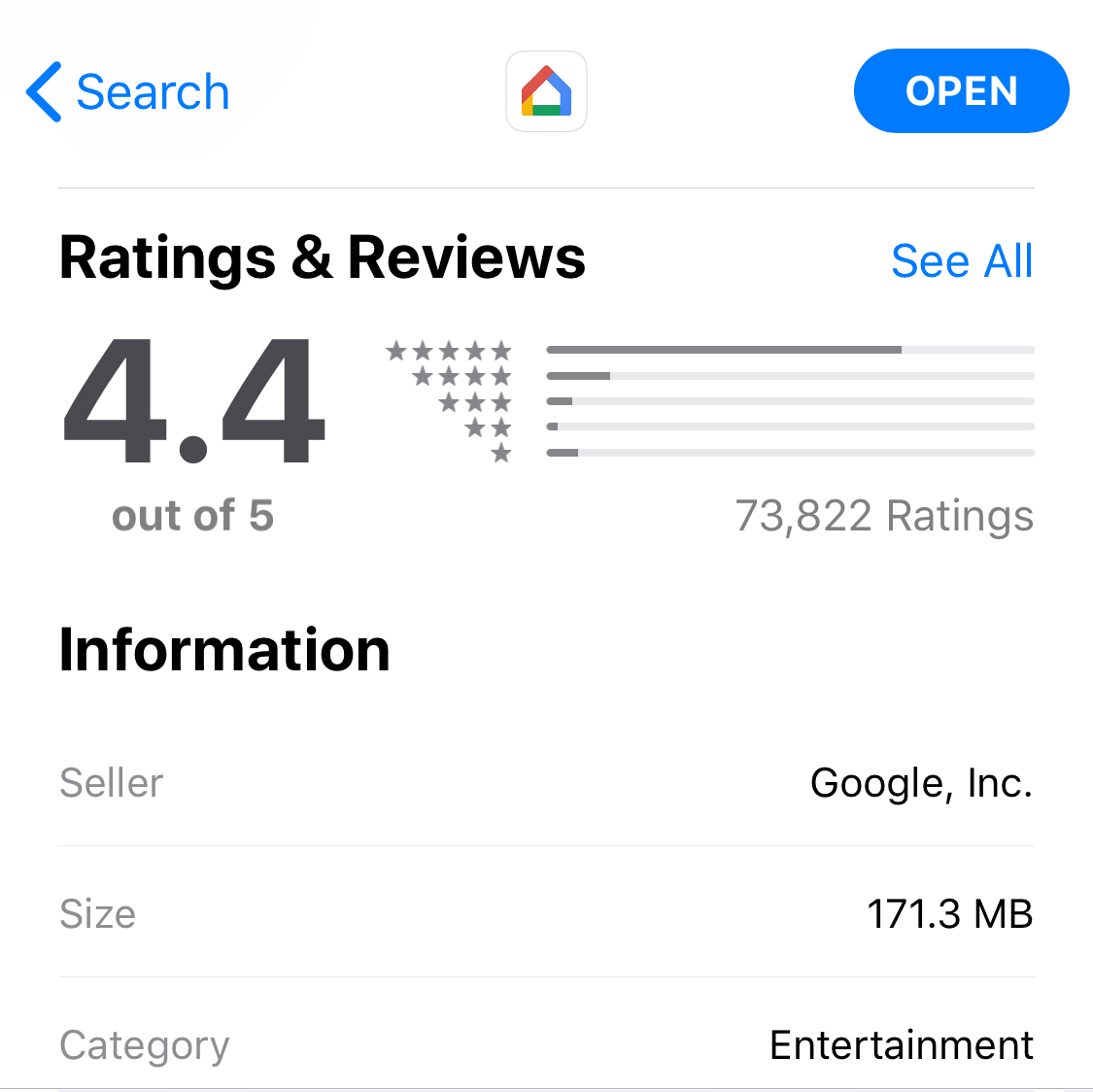 People are also getting used to controlling devices with voice, this means it no longer seems strange to talk to a computer. Here is the review rating of 73,822 reviewers of Google Home (all Voice). Thats pretty impressive.
People are also getting used to controlling devices with voice, this means it no longer seems strange to talk to a computer. Here is the review rating of 73,822 reviewers of Google Home (all Voice). Thats pretty impressive.
Voice will also give you secure access, as voice biometrics are being adopted as a security measure. And talking to a voice assistant doesn’t have to mean giving up all your privacy, with microphone mute buttons on every device and privacy assured.
A 2017 survey* found that Americans are ready to embrace voice control, with an increasing number already using the feature.
According to the survey, 72% of Americans who have smart home products – controlled remotely by a smartphone, tablet, computer or by a separate automatic system within the home itself – want voice control. The survey also found that 48% of Americans with smart home products currently have voice control capability.
Younger generations are more likely to already have voice capability on their smart home products: Like most other things, Millennials (ages 18-34) are leading the voice control trend. 58 % of Millennials have smart home products and devices that already have voice control features. Compare this to 50% of Gen Xers (ages 35-54) and 26% of Baby Boomers (ages 55+).
Survey respondents believe voice control provides a more intuitive user experience and practicality: The most commonly cited benefits for using voice control among respondents were hands-free control at 30%, increased user-friendliness at 17% and flexibility in location at 14%.
Safiery is a technology company developing wireless control with VOICE+AI for caravans, boats, cabins and anywhere dependent on 12V or 24V battery power. This is a totally different application to “Smart Homes” where 240V power dominates and systems are connected to the internet.
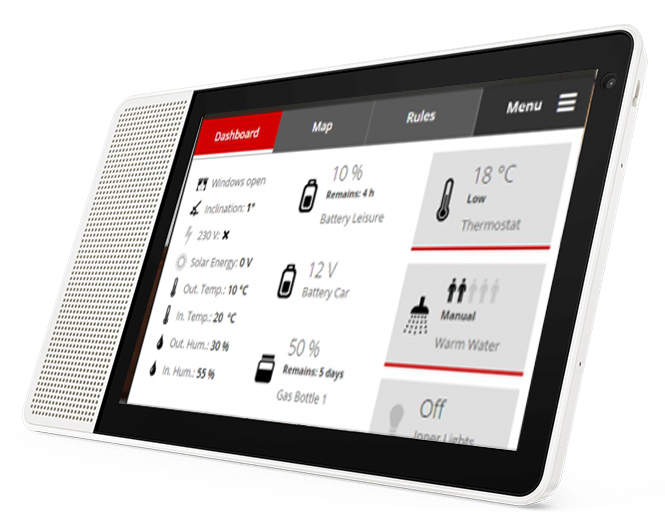 Safiery has developed products with a Wifi interface that simplifies installation and control:
Safiery has developed products with a Wifi interface that simplifies installation and control:
- Lithium Batteries
- LPG bottle capacity
- Solar controller outputs
- Tank monitoring
- LED lighting control- single colour and RGBW
- Switch control for water pumps and other high current devices
- IR control of air-conditioning – system has self learning
- IR control of Audi-visual devices (up to 6 different devices) – system has self learning
- Inside and outside wireless cameras
- CO monitoring
- Intruder detection
See our unboxing video on the new Lenovo Smart Display which is Google Assistant, Google Home, and Android Things all in one device PLUS it has an AI chip inside. These are the first 8in and 10in displays in Australia. They will be released in October 2018. They ca be setup with an iPhone or Android phone or device.
Safiery will release the full product range in September 2018. Sign up at Safiery.com to follow this exciting journey – deep innovation with the first of it’s kind in the world (commercially available).
*This survey was conducted online within the United States by Harris Poll on behalf of Coldwell Banker Real Estate and Vivint Smart Home from November 14-16 and from November 18-22, 2016 among 4,108 U.S. adults ages 18 and older, among which, 923 have any smart home products.
